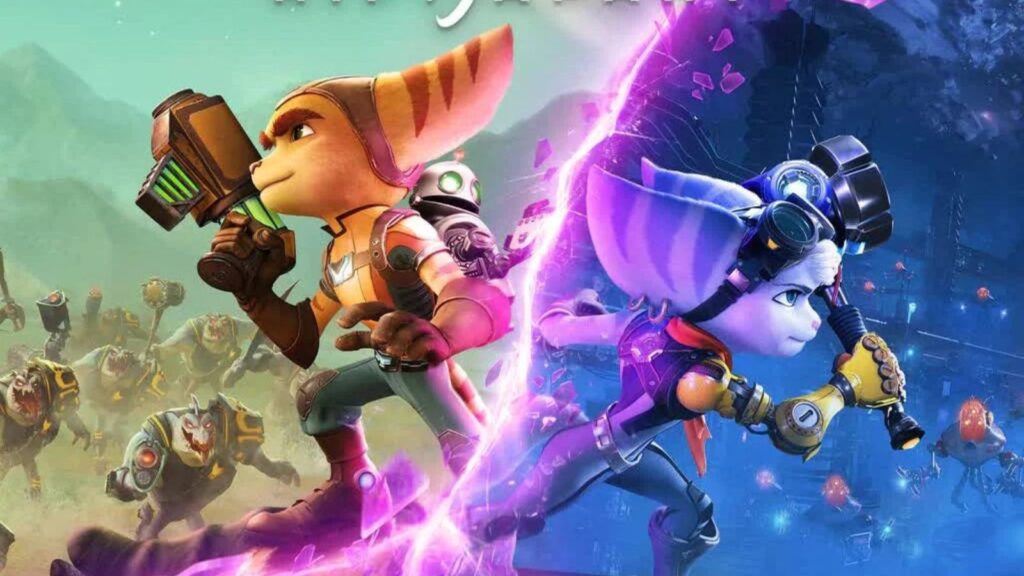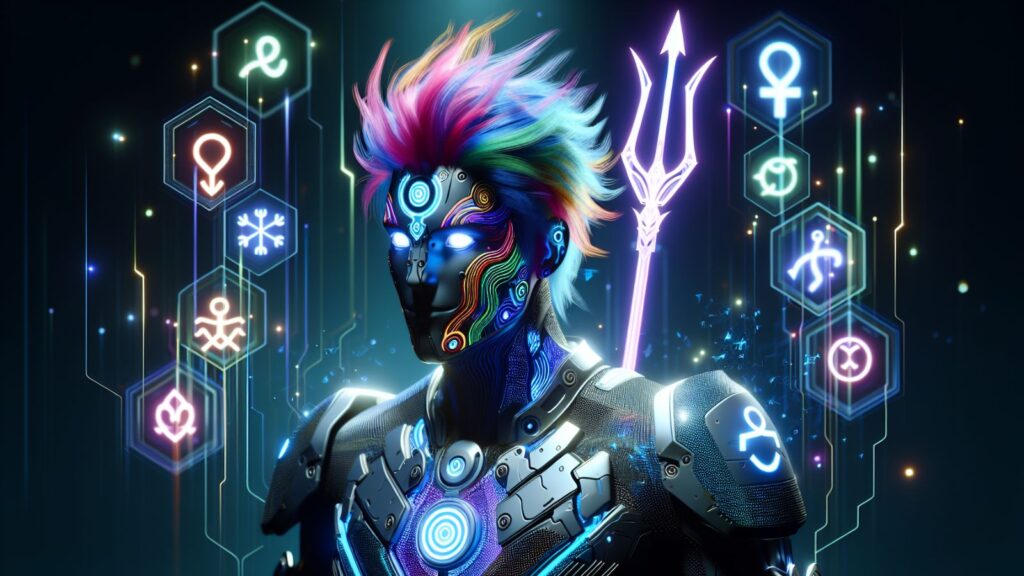
In the vibrant universe of video games, certain characters have managed to imprint their pixelated personas onto the hearts of millions. They’ve transcended the boundaries of their digital worlds, becoming cultural icons in their own right. This article shines a spotlight on some of the most famous video game characters.
Most Famous Video Game Characters

Video game characters possess historical significance, carrying a narrative that extends beyond the screen. Their evolution traces back to the early era of arcade classics. Pac-Man, for instance, marked a pivotal point in character design. Developed in the 80s, it introduced a distinct character – a yellow, circular creature consuming dots. In another stride, Nintendo presented Mario, starting as Jumpman in Donkey Kong, evolving into the beloved plumber in the Mario Bros series. These simplistic yet memorable designs underscored the importance of character identity in games, a trend that rose and is evident in gaming history.
Rise of 3D Character Design
The emergence of 3D technology set the stage for a new generation of most famous video game characters. This technological advancement invited more intricate designs, enhancing both visual appeal and gameplay experience. A significant instance is Lara Croft from Tomb Raider, hailed as one of the first female characters introduced in 3D gaming. Her realistic appearance, paired with her adventurous spirit, shattered gender stereotypes in a predominantly male gaming landscape. Similarly, Link, the protagonist of The Legend of Zelda series, made his 3D debut in ‘Ocarina of Time’. His transition from 2D to 3D, presented more lifelike graphics, offering a more immersive gaming experience.
Most Famous Video Game Characters
Mario: The Jumping Plumber

Mario, Nintendo’s endearing mascot, first burst onto the scene in 1981, in the game “Donkey Kong.” This mustachioed, overall-clad plumber paved the way for character-centric video games. His unique identity – from his ability to jump higher than any other character in the game, to his relentless quest to rescue Princess Peach – instantly caught the interest of players around the globe. A potent blend of aesthetically pleasing design and engaging in-game mechanics, Mario’s influence stretches far beyond the pixels on a screen. Considered as one of the most recognized video game characters, he remains a fixture in all lists of gaming legends.
Link: The Hero of Time
Link, the main character from the long-running “The Legend of Zelda” series, offers a sterling example of seamless character evolution. Emerging in 1986 for the Nintendo Entertainment System (NES), Link started his journey as a simple adventurer with a sword and shield. Over the years, he has grown more dynamic, unfolding intriguing layers of depth and personality. With each game, players follow Link in his quest to rescue Princess Zelda and defeat the evil Ganon, ensuring the peace of the land of Hyrule. It’s through his courage, intelligence, and unwavering determination that Link earns a spot on the video game character pantheon.
Lara Croft: Tomb Raider

Pioneering the archetypical strong female protagonist in video games, Lara Croft from the “Tomb Raider” series debunked many pre-existing stereotypes when she appeared in 1996. Armed with a fierce intellect, unparalleled athleticism, and a two-handed pistol grip style that quickly became iconic, she defied the oft-repeated trope of a damsel in distress in the gaming world. Her adventurous spirit took players across the world to mysterious places, searching for historical artefacts and long-lost civilizations. Lara Croft’s exceptional character design and complex narrative arc make her one of the most unforgettable video game characters.
The Enduring Legacy of Iconic Video Game Characters
It’s clear that most famous video game characters like Pac-Man, Mario, Lara Croft, and Link have left an indelible mark on the gaming industry. They’ve navigated the shift from 2D to 3D with grace, breaking stereotypes and enhancing player engagement along the way. But their impact doesn’t stop at gaming. They’ve transcended the digital realm, influencing popular culture through various forms of media and merchandising.


